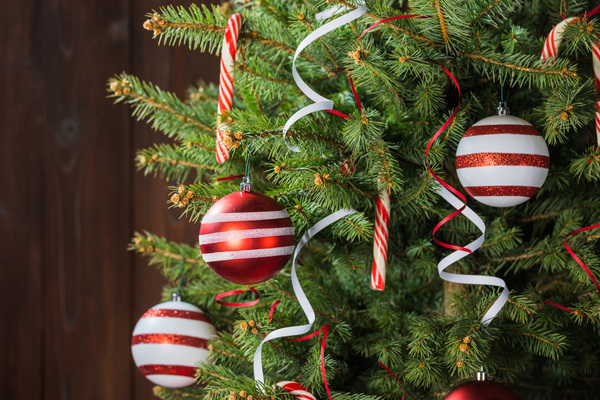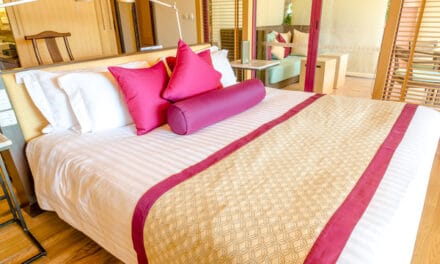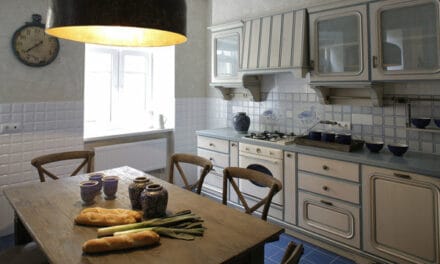Listen to article
Decide on the type of tree you want
There are two main types of Christmas trees—real and artificial. Real trees are grown and cut specifically for the holiday season, which means they’re only available for a limited time. Artificial trees, on the other hand, can be purchased well in advance and can be reused year after year. Real Christmas trees are typically more expensive than their artificial counterparts, but many people feel that they’re worth the extra cost. Real trees are often seen as being more “authentic” and they have a pleasant smell that many people enjoy. If you choose to buy a real tree, be sure to select one that is fresh and has been recently cut. Artificial trees are a more convenient option for many people, as they can be used year after year and don’t require any special care or attention. However, some people believe that artificial trees look fake and lack the traditional appeal of a real tree. If you decide to buy an artificial tree, be sure to choose one that is made from high-quality materials and looks realistic.
Consider your budget
How much are you willing to spend on a Christmas tree? The average person spends between £30 and £80 on a Christmas tree, but prices can range from as little as $25 to over $1,000. If you want a real tree, be prepared to pay more than if you choose an artificial tree. The price of a real tree will also depend on its height and whether it is pre-lit.
Think about the size of your tree
One of the most important factors in choosing a Christmas tree is picking one that is the right size. You don’t want a tree that is too big or too small for your space. When you measure for your tree, take into account not only the height of the room but also the width. A good rule of thumb is to allow for at least 2 feet of clearance on all sides of your tree. And if you have high ceilings, you may want to go even bigger! To help visualize the size of your tree, cut out a template in the shape of a Christmas tree and place it where you plan to put your tree. This will give you a better idea of how much space you’re working with and what size tree will fit best.
Choose a tree that is fresh
When shopping for a Christmas tree, look for a tree that is green, has healthy looking needles, and is sticky to the touch. These trees will be the freshest and will last longer than other trees. You should also avoid trees with brown needles or that are shedding lots of needles, as these indicate that the tree is not fresh.
Avoid a tree with too many needles
When you are ready to buy a tree, shake it. A shower of green needles is a sign of a fresh, healthy tree. If the tree you select has a few brown needles mixed in with the green, don’t despair — all trees will lose some needles as they dry out indoors.
Inspect the tree for pests
The last thing you want is to bring pests into your home, so be sure to inspect the tree for any critters that may have hitched a ride. Check for signs of insects, such as egg sacs or webs, and look for any stowaways that may have taken up residence in the tree’s branches. If you see any evidence of pests, it’s best to choose a different tree.
Make sure the tree is the right height
You don’t want a Christmas tree that’s too tall or too short. The height of the tree should be about two-thirds the height of your room’s ceiling. If you have a high ceiling, you may want to go with a taller tree. For example, if your ceiling is 8 feet (2.4 meters) high, then your tree should be about 5 feet (1.5 meters) tall.
Pick a tree with a good shape
Although you may be tempted to pick the first tree you see, it’s important to take a moment to examine it closely. A good Christmas tree will have a symmetrical shape with evenly spaced branches. Avoid trees that are lopsided or have bare patches, as these imperfections will be difficult to camouflage with decorations.





